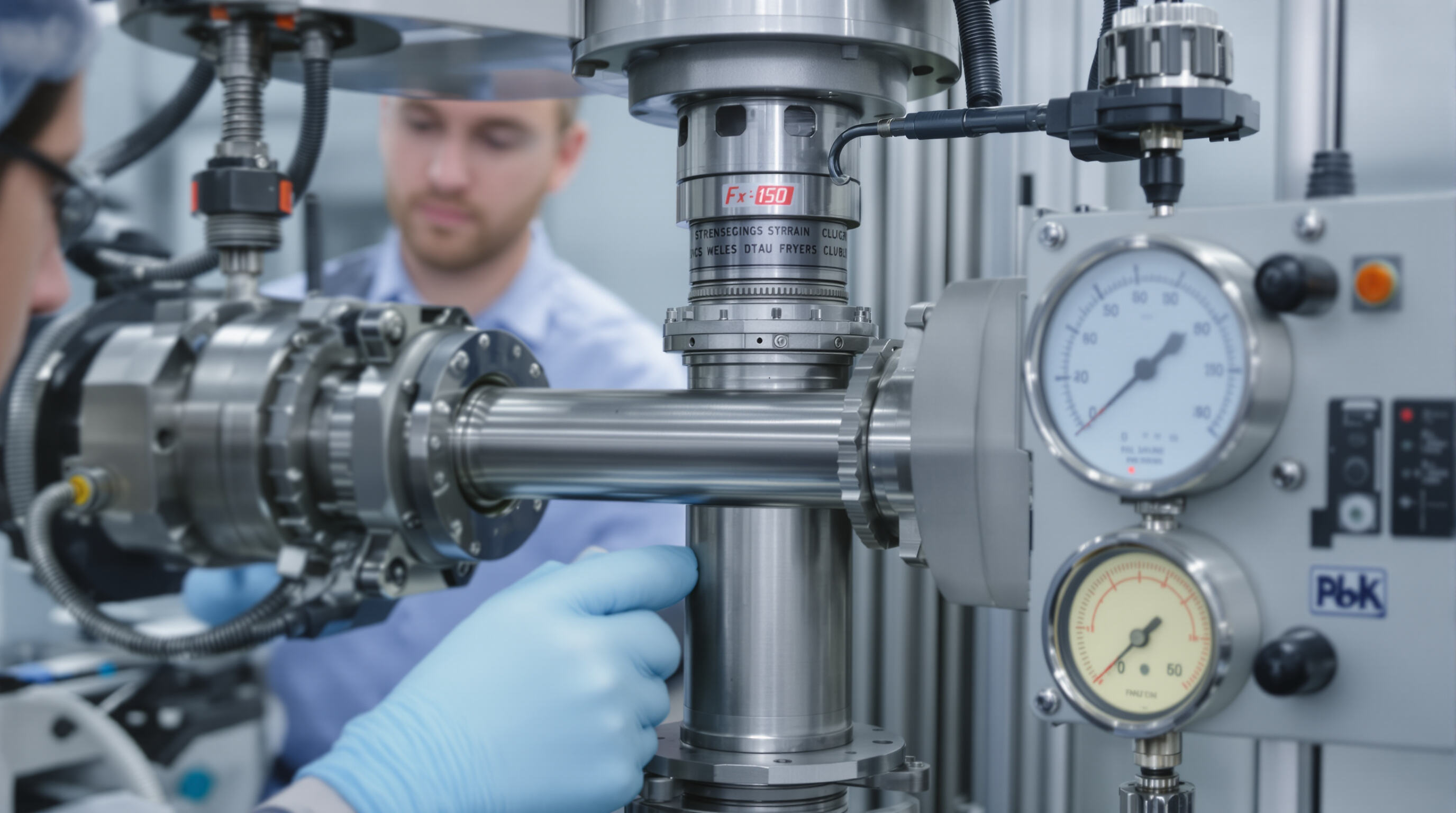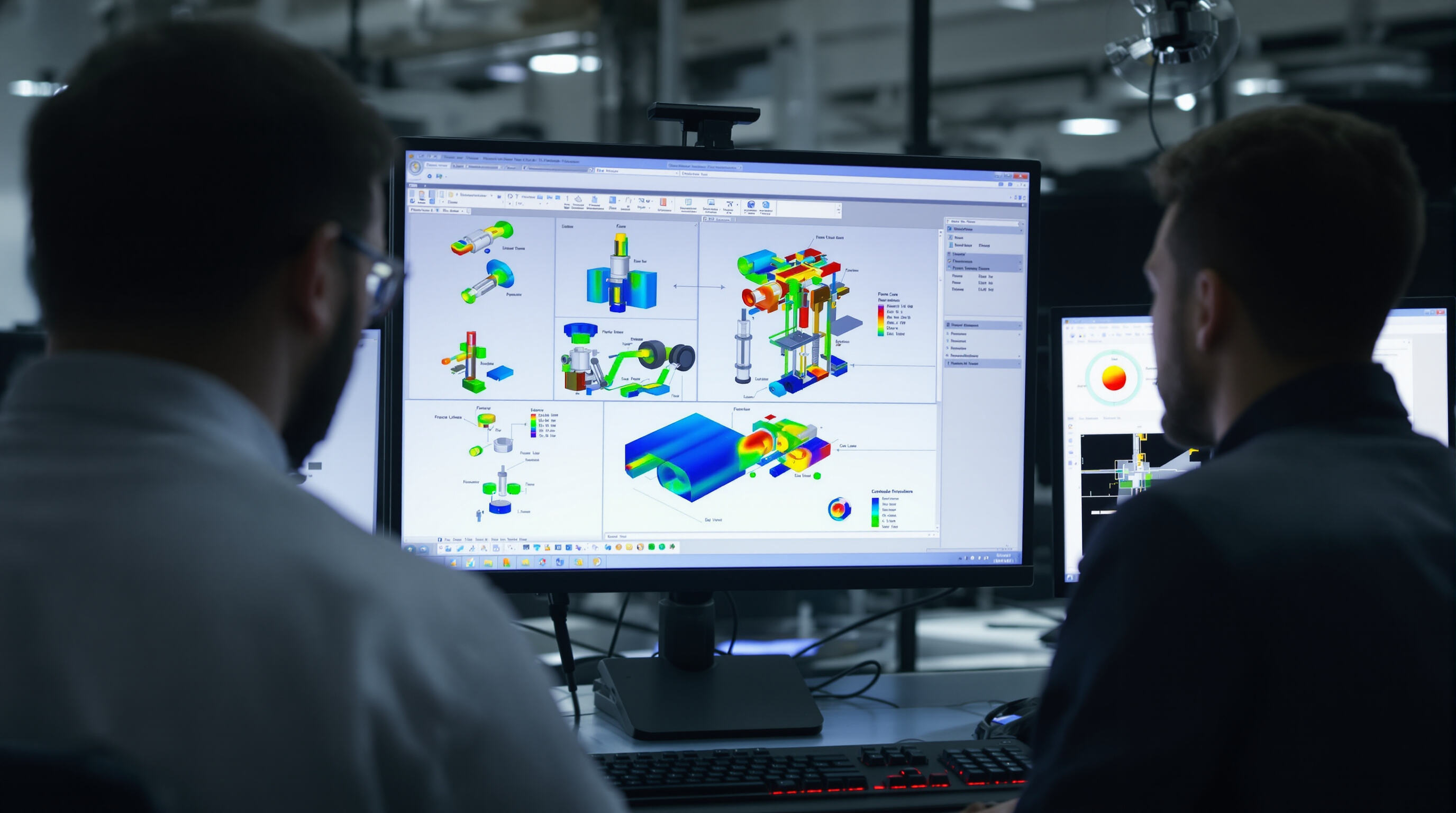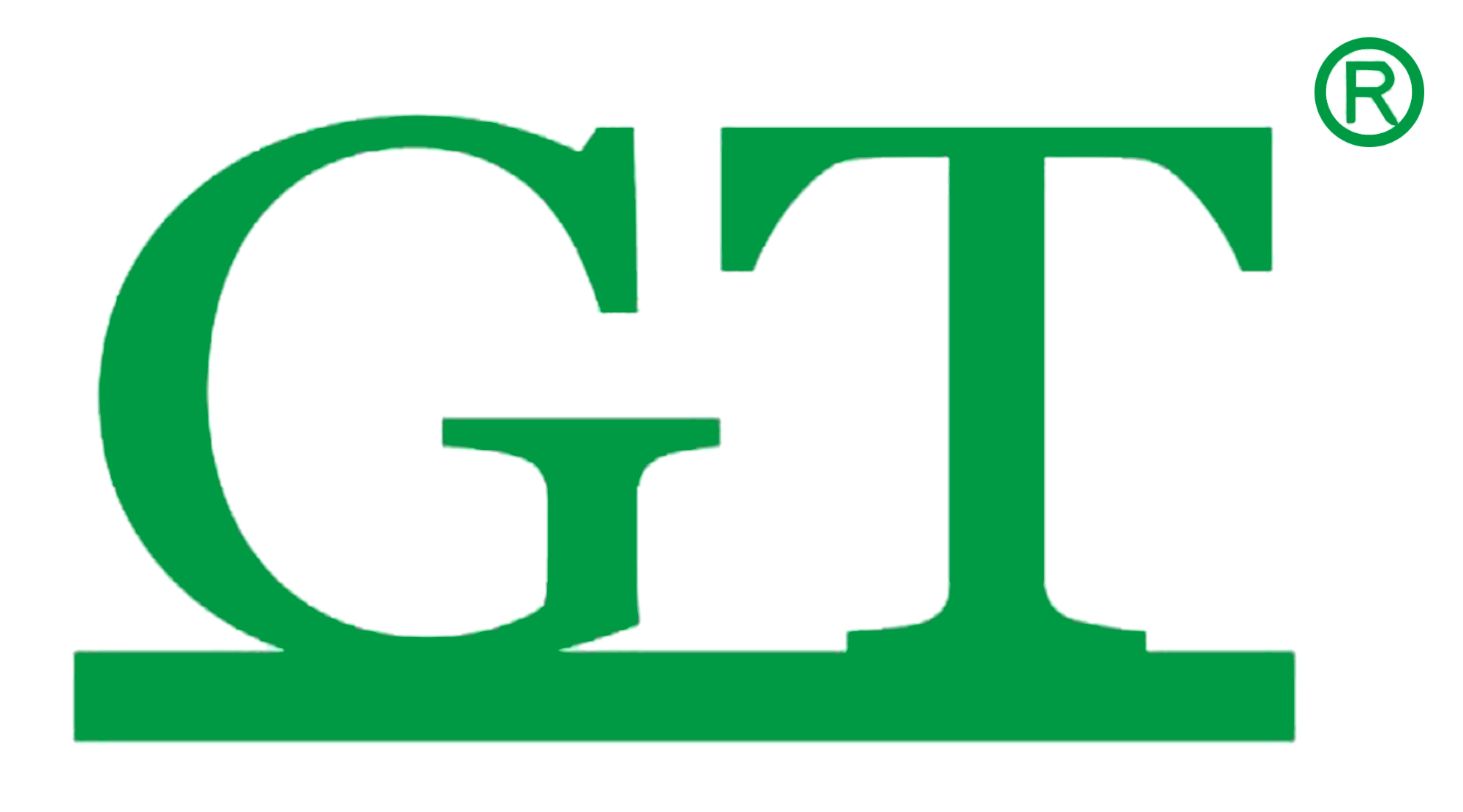Understanding Tension, Compression, and Pressure Forces in Cylinder Operation

Hydraulic cylinders systems rely on precise force distribution to achieve optimal performance. Tension forces elongate components, while compression forces shorten them. Pressure forces, measured in psi (pounds per square inch), determine the system's ability to transmit energy.
Case Study: Optimizing a Material Handling System with Proper Cylinder Selection
A 2023 study by the Fluid Power Institute found systems with balanced force distribution reduced component wear by 37% compared to unevenly loaded setups. Key considerations include:
- Tension limits: Exceeding 78 kN in steel cylinders risks permanent deformation
- Pressure thresholds: Industrial systems typically operate at 2,500–3,500 psi for safe, efficient power transfer
- Compression stability: 30% of hydraulic failures stem from buckling in overloaded piston rods
| Force Type | Optimal Range | Common Applications | Failure Risk Factor |
|---|---|---|---|
| Tension | <78 kN | Lift mechanisms | 19% |
| Compression | <145 kN | Presses/Clamping | 32% |
| Pressure | 2,500–3,500 psi | Power transmission | 41% |
Recent hydraulic system guidelines emphasize using strain gauge measurements during preventive maintenance. Proper force calibration practices can extend cylinder lifespan by up to 60% when implemented quarterly.
Engineers must reconcile these mechanical constraints with operational demands—a packaging system requiring 1.2 million cycles/year needs different force margins than intermittent-use agricultural equipment. By modeling tension/compression ratios early in the design phase, teams reduce late-stage rework costs by an average of 18% (FPI Case Study #2117).
Calculate Load and Force Requirements Accurately

Getting load and force calculations right is basically what makes hydraulic cylinders work properly, affecting how efficient systems run and whether they stay safe during operation. Standards such as ISO 4393 set down rules about figuring out those max load numbers. Research has actually shown that when forces are distributed correctly across components, wear and tear drops by around 40 percent according to Fluid Power Journal back in 2023. For anyone designing pressure systems, it's important to think about both the static loads that just sit there and the dynamic ones that change over time. Field data from last year points to something pretty shocking too: almost a quarter of all hydraulic failures come down to messed up transient load calculations. Safety margins usually range between 1.2 and 1.5 times the normal operating pressure, which helps meet those tough ASME Boiler and Pressure Vessel Code specs while still giving enough room for real world adjustments. These days, simulation software lets engineers map out complicated force situations like unexpected pressure surges or slow changing loads. This means cylinder sizes and wall thicknesses can be optimized without breaking anything, making the whole design process much smarter.
Select the Appropriate Cylinder Type and Configuration
Comparing Single Acting, Double Acting, and Telescopic Hydraulic Cylinders
Hydraulic cylinders operate through three primary configurations:
| Cylinder Type | Force Direction | Common Applications | Key Considerations |
|---|---|---|---|
| Single Acting | Unidirectional (extension) | Dump trucks, compactors | Requires external retraction |
| Double Acting | Bidirectional | Presses, industrial automation | 15% higher precision in force control |
| Telescopic | Multi-stage extension | Truck cranes, low-clearance lifts | 40% shorter installed height |
Double-acting models dominate 68% of industrial applications due to their balanced force control and self-retracting capability.
Application Fit: Choosing the Right Type for Your Use Case
Match cylinder types to operational demands:
- Use single-acting cylinders where gravity or springs can safely return loads
- Opt for double-acting designs when precise bidirectional force is critical
- Reserve telescopic models for space-constrained vertical lifting
For example, steel stamping presses typically require double-acting hydraulic cylinders to achieve consistent 500–2,000 psi working pressures during both extension and retraction cycles.
Avoiding Misapplication: Telescopic Cylinders in High-Cycle Environments
While telescopic cylinders excel in vertical lifting, their nested design makes them prone to seal wear in high-frequency applications. A 2023 field study revealed telescopic models in assembly line applications required 3.2x more maintenance than double-acting alternatives. Limit their use to <5,000 annual cycles unless specially engineered for durability.
Key Mounting Options: Flange, Pivot, Side, and Centerline Mounts
Mounting configuration directly affects force transfer and service life:
- Flange mounts: Provide rigid support for high thrust loads (≥10,000 lbf)
- Pivot mounts: Allow ±5° angular compensation in mobile equipment
- Centerline mounts: Distribute stresses evenly in continuous operation systems
Proper alignment per ISO 6020/2 standards reduces bearing wear by up to 70% compared to unguided installations.
Size the Cylinder Correctly: Bore, Rod, and Stroke Dimensions
How to Size a Hydraulic Cylinder: Bore, Stroke, and Rod Diameter
Proper hydraulic cylinder sizing begins with three core measurements:
- Bore diameter (cylinder's internal width) determines force output via the formula Force = Pressure × Piston Area
- Stroke length defines the piston's travel distance, which must align with equipment space constraints
- Rod diameter influences buckling resistance, with larger rods improving stability in dynamic applications
A leading industry report (2024 Fluid Power Engineering Report) found equipment retrofitted with optimized cylinder dimensions reduced hydraulic failure rates by 34%.
Balancing Stroke Length and Travel with System Constraints
Longer strokes require meticulous support planning to prevent rod deflection. For confined spaces, telescopic designs allow multi-stage extension without exceeding spatial limits.
Impact of Bore and Rod Size on System Efficiency and Stability
Undersized rods increase bending stress by up to 80% under side-load conditions, while oversized bores waste energy. A 20% rod diameter increase in a 5-ton mobile crane reduced cylinder replacement costs by $12k annually in a 2023 case study.
Case Study: Retrofitting Mobile Equipment with Optimized Cylinder Sizing
A mining company replaced standard 6” bore cylinders with 5.5” bore units paired with reinforced rods, achieving 18% faster cycle times and 27% lower fluid consumption—validating ISO 4393's guidance on load-capacity prioritization.
Hydraulic Cylinders: Built for Extreme Conditions and Harsh Environments
Operating in Extreme Temperatures and High Dust Loads
Hydraulic cylinders engineered for extreme environments use marine-grade steel casings and thermal bridging prevention (TB1 class) to handle temperatures from -40°F to 300°F. A 2023 Fluid Power Institute study showed these cylinders achieve 98% efficiency in desert mining operations with particulate levels exceeding 50,000 µg/m³.
Key customizations include:
- Bore sizes: 2" to 24" diameters
- Stroke lengths: 6" to 60" travel
- Rod coatings: Tungsten carbide blends reducing wear by 72% in high-silica environments
| Specification | Standard Cylinder | Heavy-Duty Cylinder |
|---|---|---|
| Max Pressure | 3,000 PSI | 5,000 PSI |
| Temperature Range | -20°F to 200°F | -40°F to 300°F |
| Particulate Tolerance | 10,000 µg/m³ | 50,000 µg/m³ |
For oilfield applications, 5,000 PSI models with hardened chrome rods withstand 15 million cycles in abrasive conditions. Leading manufacturers combine ISO 6020/6022 standards with ASTM B117 salt spray testing for coastal operations.
Synchronizing Cylinder Performance with System Demands
Advanced models feature integrated pressure transducers and IoT-enabled predictive maintenance, reducing downtime by 41% in steel mills (Parker Hannifin 2023 report). Dual-stage telescopic designs achieve 8:1 extension ratios for compact spaces like underground mining equipment.
"The right cylinder configuration eliminates 83% of hydraulic system failures in harsh environments." - Industrial Hydraulics Monthly, 2024
FAQ
What are the primary forces affecting hydraulic cylinder performance?
The primary forces are tension, compression, and pressure. Tension forces elongate components, while compression forces shorten them. Pressure, measured in psi, determines the system's energy transmission capability.
How does cylinder selection impact material handling systems?
Proper cylinder selection optimizes force distribution, reducing component wear and improving performance. According to a study by the Fluid Power Institute, balanced force distribution decreases component wear by 37% compared to uneven setups.
Why is accurate load and force calculation important in hydraulic systems?
Accurate calculations ensure efficiency and safety in system operations. They prevent operational failures caused by improper load and transient force distributions, which account for nearly a quarter of hydraulic failures.
What should be considered when selecting a hydraulic cylinder type?
The application demands should dictate the selection: single-acting cylinders for gravity-loaded tasks, double-acting for precise force control, and telescopic cylinders for space-constrained vertical lifting.
Table of Contents
- Understanding Tension, Compression, and Pressure Forces in Cylinder Operation
- Calculate Load and Force Requirements Accurately
- Select the Appropriate Cylinder Type and Configuration
- Size the Cylinder Correctly: Bore, Rod, and Stroke Dimensions
- Hydraulic Cylinders: Built for Extreme Conditions and Harsh Environments
- FAQ




